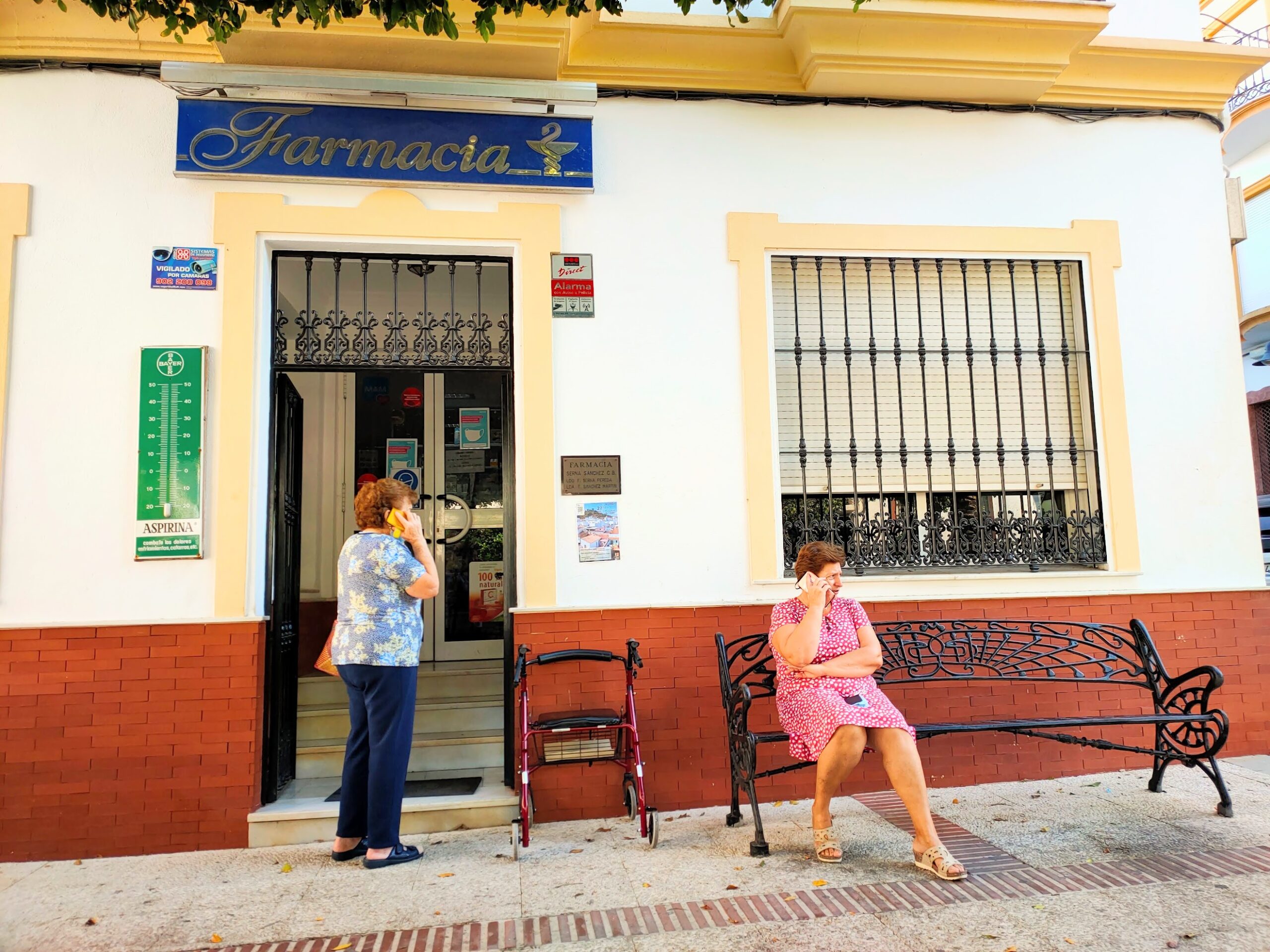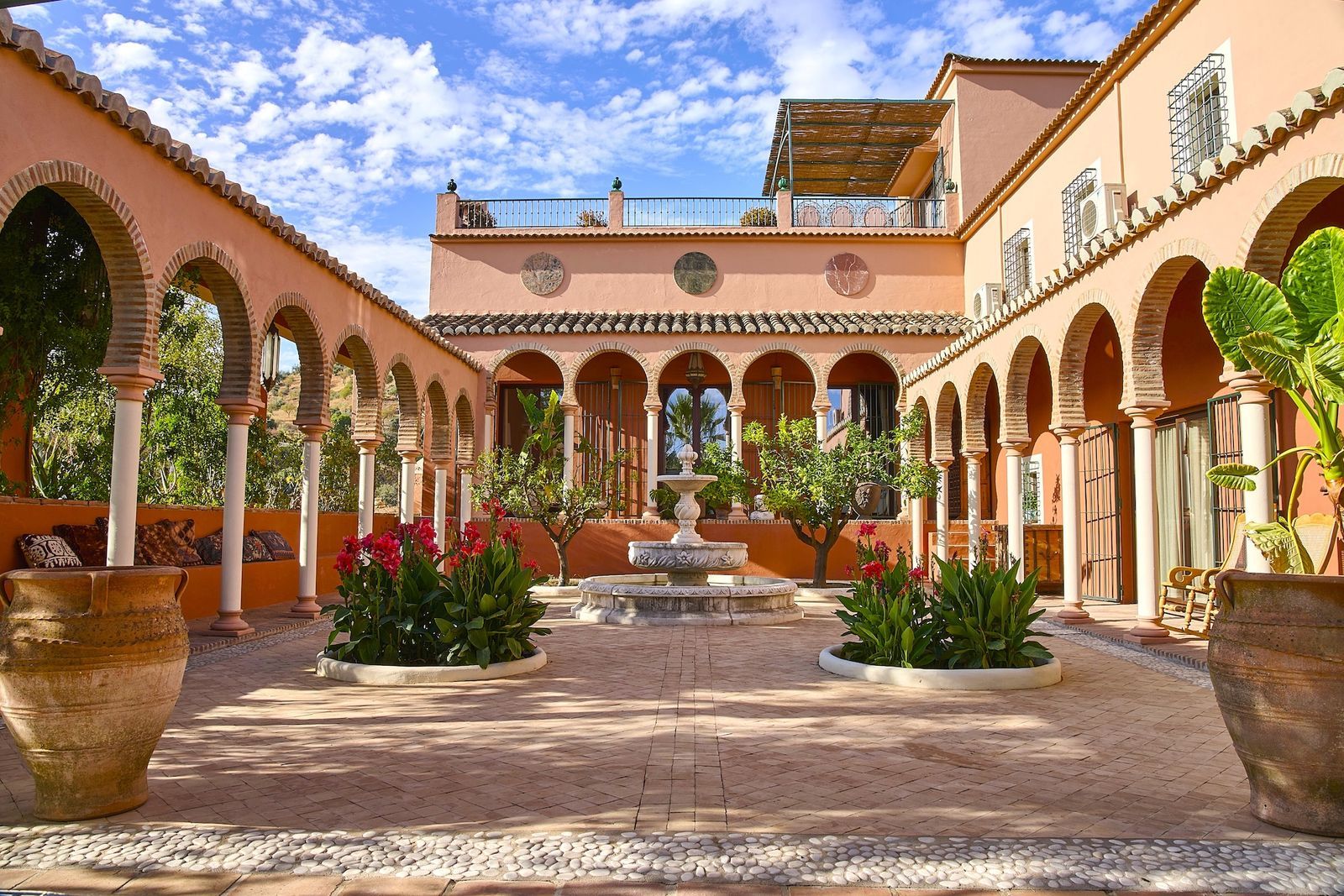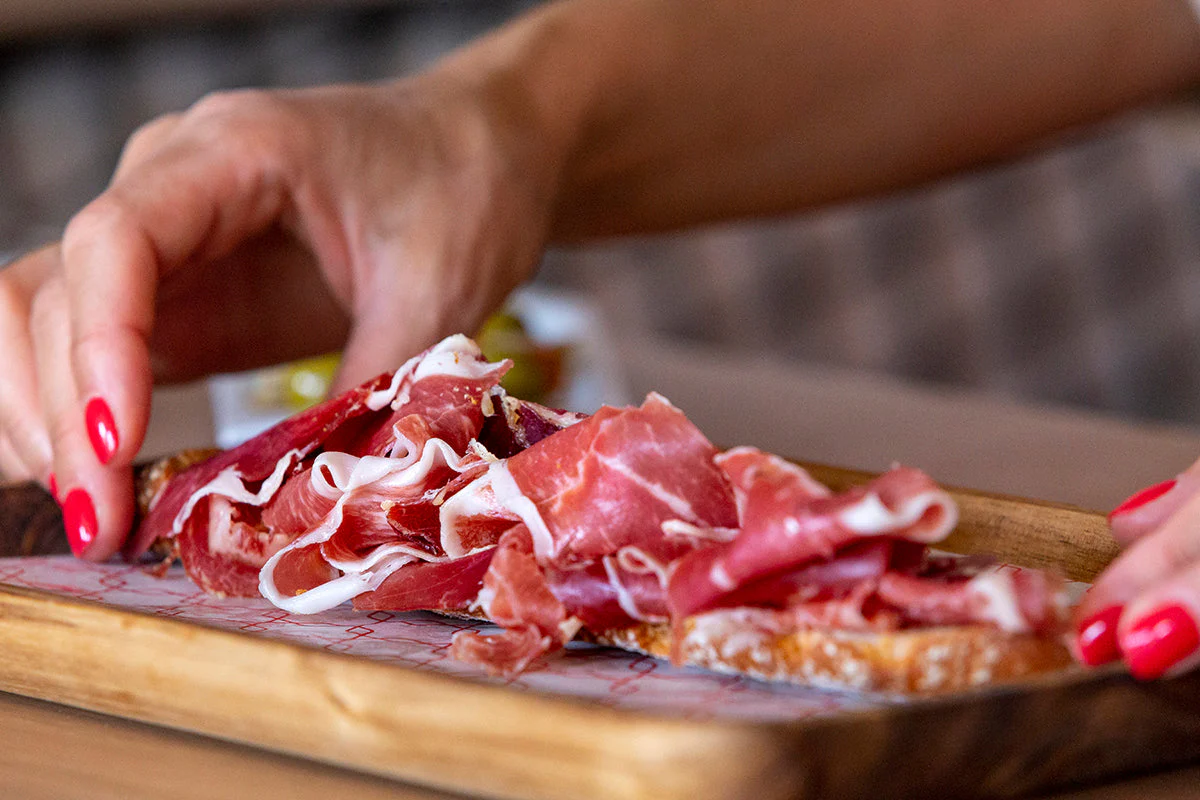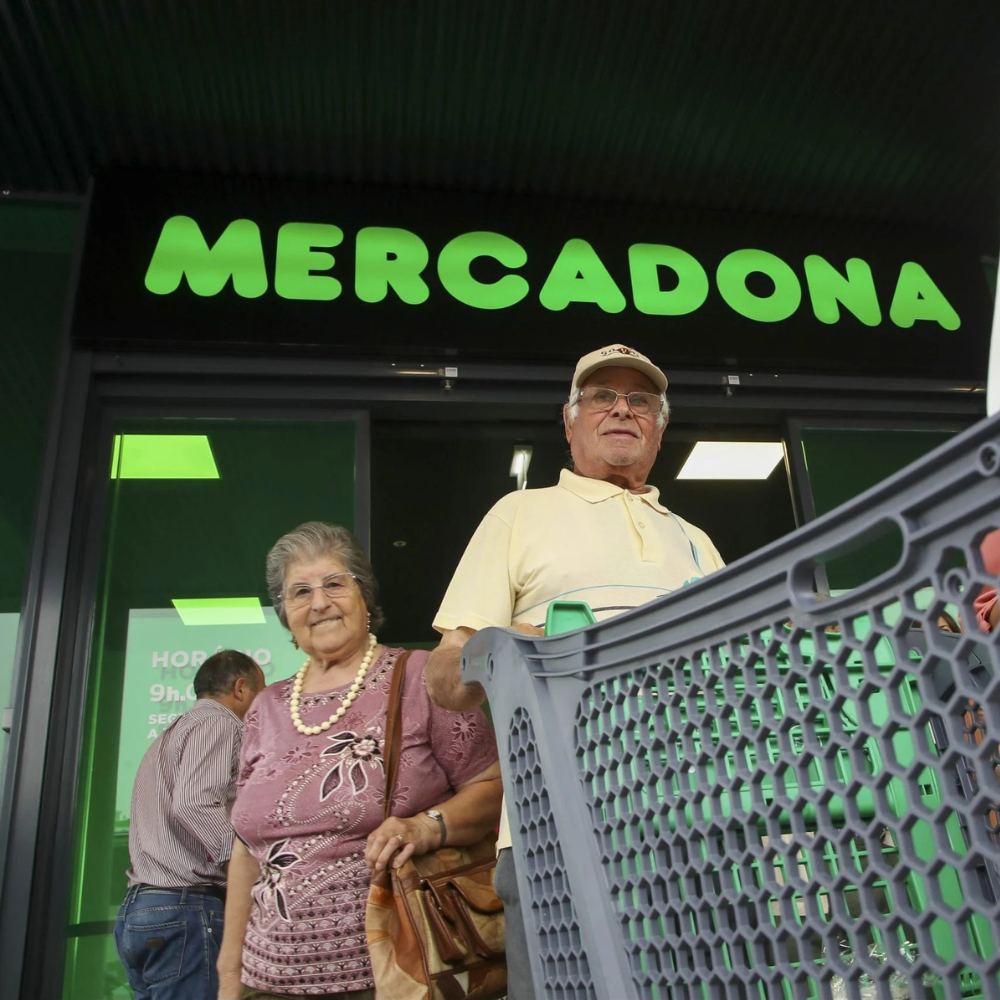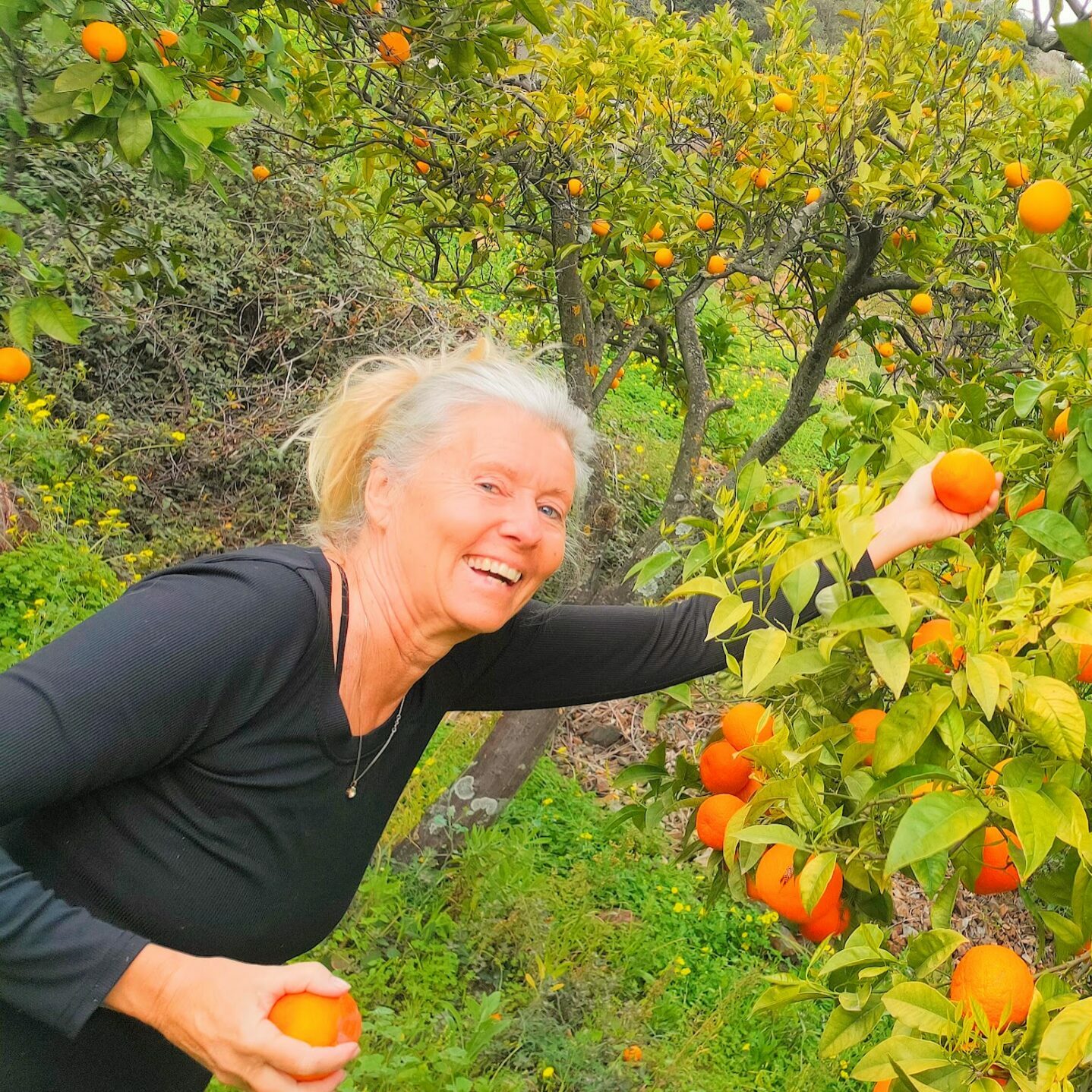Written by Charlotte Jones Sievers. November 13, 2025
From the structured, lagom-filled landscape of Sweden to the vibrant, spontaneous pulse of Spain, the journey for a Swedish expat is more than geographical—it’s a deep dive into a contrasting mentality. This exploration of cultural friction and fusion is sure to resonate with a global audience.
The Quiet vs. The Clamour: Communication Styles
Perhaps the most immediate difference is the approach to communication. Swedes typically favour a reserved, low-context style. They value personal space, silence, and avoiding confrontation.
Enter Spain, a high-context culture where volume, proximity, and expressiveness are the norm. Spanish conversations are dynamic: interruptions are common, gestures are illustrative, and physical contact (a friendly hand on the arm, two kisses hello) is standard. For a Swede, this can initially feel overwhelming, sometimes even interpreted as a lack of interest if a Spaniard’s expressive nature is muted. A Swede’s reserved style, meanwhile, might be misconstrued by a Spaniard as lack of enthusiasm or even unfriendliness.
Family, Friends, and the Social Circle
Another significant split lies in the perception of the social circle. Swedish society is often characterized by a high degree of individual autonomy and a general separation from the immediate family unit after adulthood.
In Spain, the family remains central—a primary source of support, social life, and sometimes even business. The social orbit is warmer, more pervasive, and often requires constant ‘affiliative face-work’—overt demonstrations of friendship and acceptance. For a Swede, the intensity of Spanish sociability can be a culture shock; for a Spaniard, the Swedish preference for privacy and quiet neighbourhood living can seem isolating.
Integration: How Well Do Swedes Fit In?
Despite the contrasts, Swedes often find Spain highly appealing, drawn by the climate, the lifestyle, and a shared appreciation for ‘taking it easy’ (ta det lugnt and tranquila echo a similar sentiment towards work-life balance).
Integration, however, often depends on how willing the individual is to bridge the gap. Swedes who successfully integrate learn to accept the Spanish rhythm—the late dinners, the relaxed concept of time, and the higher volume of social interaction. They must trade a bit of their cherished autonomy for more affiliation.
My Own Journey: The Accidental Expat Bubble
While I wax lyrical about Swedes embracing the “two-kiss culture,” allow me to offer my own integration experience—a testament to how easy it is to find yourself in the sun-drenched Expat Bubble.
For years, I achieved peak non-integration in Nueva Andalucía, Marbella. We lived in a beautiful corner of Spain where you could buy Swedish lösgodis, send my son to a British school, and attend social events where the most complex Spanish phrase required was “Dos cervezas, por favor.” My social circle, bless their multilingual hearts, all spoke perfect English. It was integration on easy mode, or perhaps, integration on mute.
Then came the move to Monda. I wanted the real Spain—the narrow streets, the village life, the authentic immersion.
I got it.
Monda is wonderfully Spanish, but it turns out Spanish comes in flavors. The local dialect is less like the textbook Castellano I (barely) studied and more like a high-speed linguistic obstacle course. I’ve gone from asking for “Dos cervezas” to just nodding enthusiastically, smiling a lot, and hoping the context makes sense. I have full conversations where I understand maybe 30% of the words, but 100% of the feeling.
So, for all the Swedes (and others) struggling to integrate: take heart. You can be dedicated to Spain, love its culture, live in its heartland, and still be a proud member of the “Basic Spanish, Excellent Nodding” club. My integration might be a work in slow progress, but my appreciation for a strong café con leche is now perfectly native.

